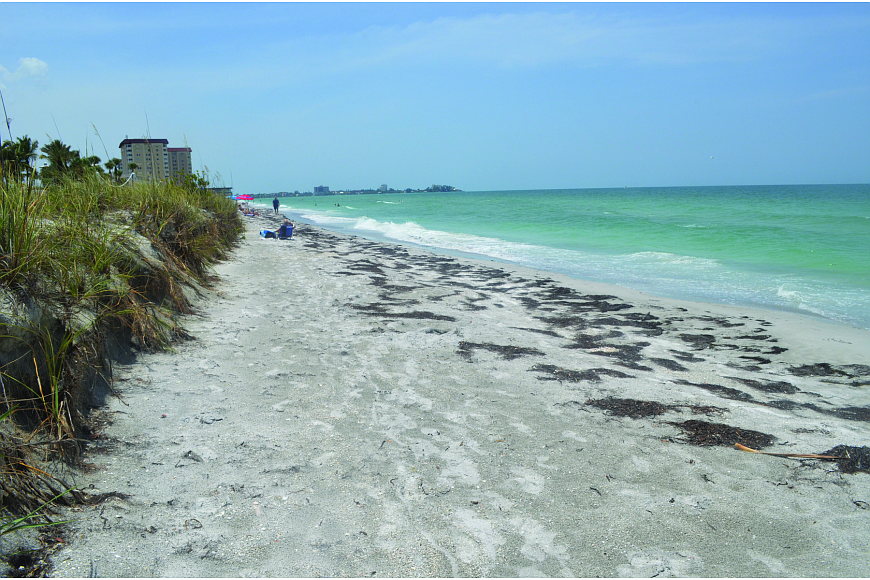- April 20, 2024
-
-
Loading

Loading

Although some of the details have changed, the U.S. Army Corps of Engineers remains confident that its plan to renourish Lido Key with sand from Big Pass will not negatively impact the shorelines of Siesta Key to the south.
Today, the Army Corps released an updated environmental assessment for the proposed project, undertaken in conjunction with the city of Sarasota. The project would periodically take sand from Big Pass, which has never before been dredged, and New Pass, to replenish critically eroded sections of the Lido Key shoreline over a 50-year period.
Although the city and Lido Key residents are eager to move forward with a project they believe is badly needed, a number of opponents have criticized the proposal. On Siesta Key, residents and other groups have expressed their belief that taking sand from Big Pass — which sits between Lido Key and Siesta Key — will have negative effects on the Siesta shoreline, among other issues. The Siesta Key Association is one of several groups to come out in opposition to the proposed dredging.
The Army Corps states that its preferred plan for dredging Big Pass would have “no appreciable difference” from the status quo on Siesta Key.
In the new report, the Army Corps states that its preferred plan for dredging Big Pass would have “no appreciable difference” from the status quo on Siesta Key, according to its models. Still, Siesta organizations have been skeptical of that modeling, and multiple third-party reviews of the Army Corps report are in the works.
At least one significant change has occurred since the original proposal, which dates back to 2002. In the new report, the Army Corps has changed its plans to install three groins on the south end of Lido Key to slow erosion. Engineers have been working to revise those plans in response to complaints from residents, who voiced concerns that the groins would affect the natural southward drift of sand, inlet navigation and the use of Ted Sperling Park at South Lido Beach.
As a result, new plans call for two of those groins to be significantly reduced in size, and for the third to be excised completely from the project. The two northernmost groins have been reduced in size by 150 and 95 feet.
The third groin, designed to stabilize the southern tip of Lido Key, was proposed for county-owned land at Ted Sperling Park. The new report says that, due to the smaller size of the northern groins, sand should more easily pass to the southern part of the key. As a result, that element of the project is no longer included in the proposal.
Still, the report says, the Army Corps would keep an eye on the southern tip of Lido to ensure the area was being properly maintained — leaving the door open for the future construction of the third groin.
“Monitoring will occur along the southern Lido Key shoreline following construction of the beach fill and northern two groins, and construction of the terminal groin would proceed only if it is proven necessary in the future,” the report states.
Now that the updated environmental assessment is completed, the Army Corps and city of Sarasota plan to seek state and federal approval for the project. According to city engineer Alex DavisShaw, the Army Corps and city will hold public meetings on April 15 to discuss the latest report.
“We want to try to make this project address concerns to the greatest extent we can,” DavisShaw said.
The full report can be found on the Army Corps of Engineers website by visiting http://www.saj.usace.army.mil/Portals/44/docs/Planning/EnvironmentalBranch/EnvironmentalDocs/SarasotaLidoBorrowDEA_ThruAppFp.pdf.